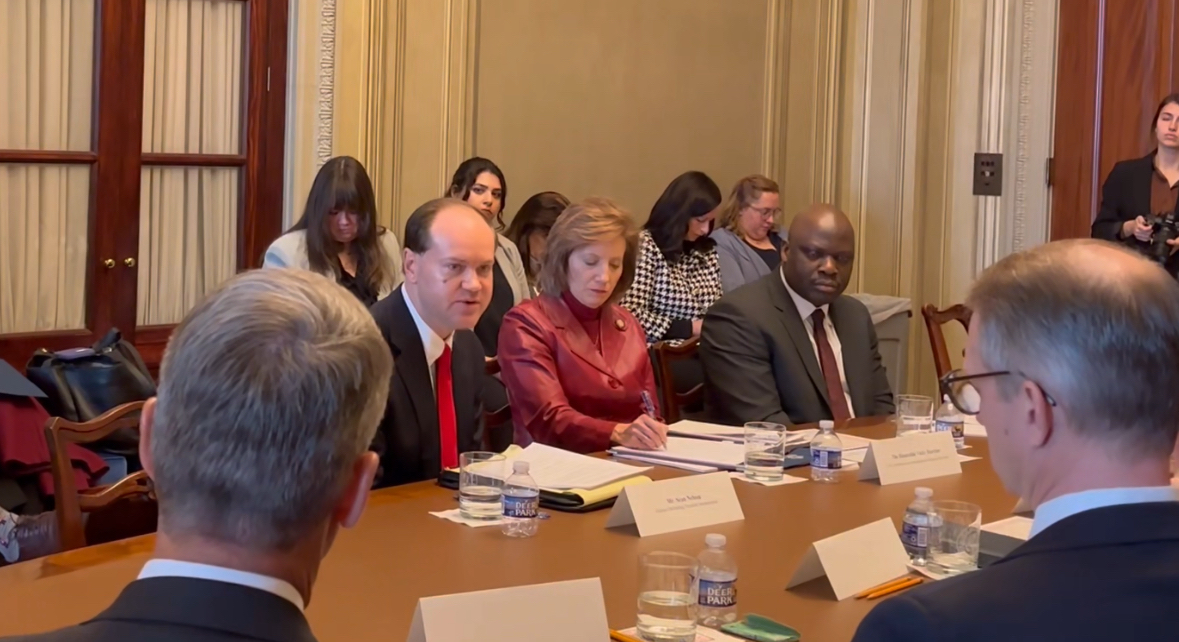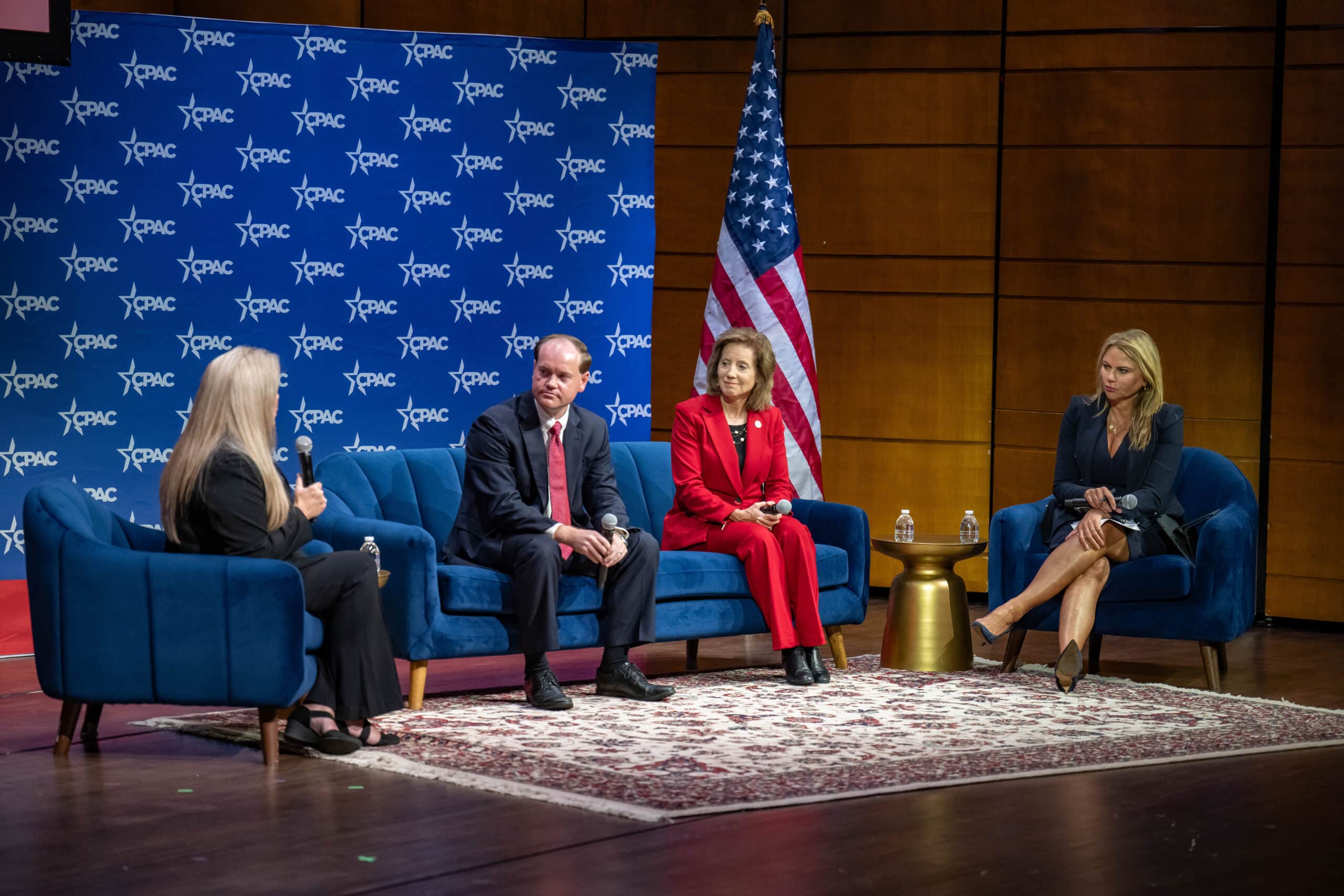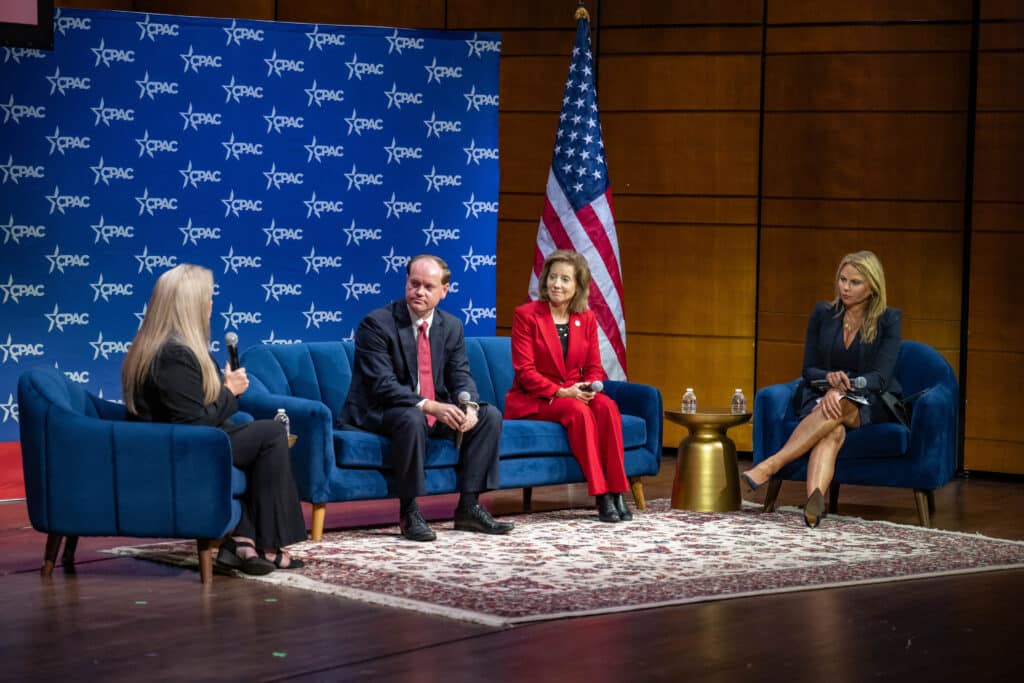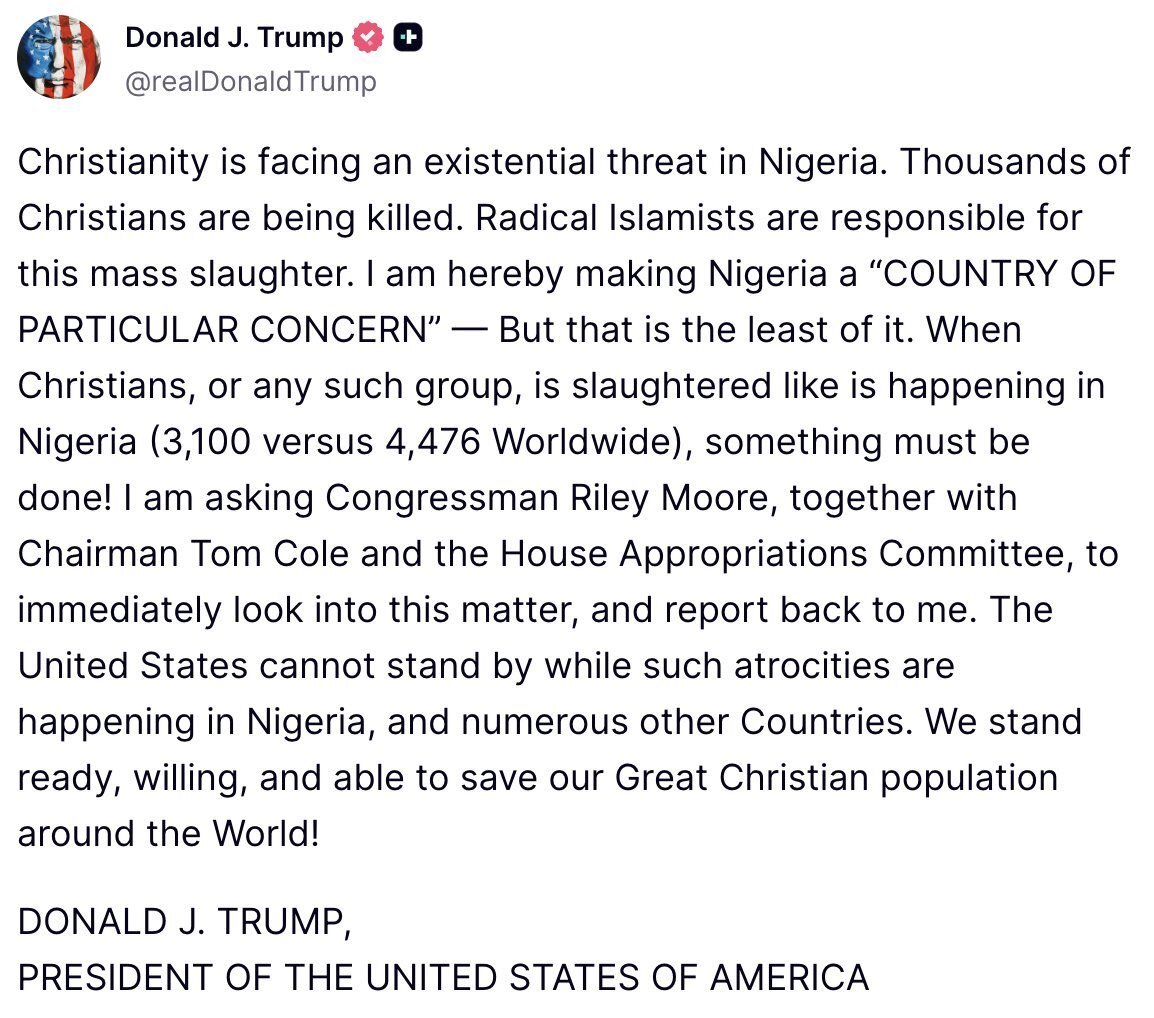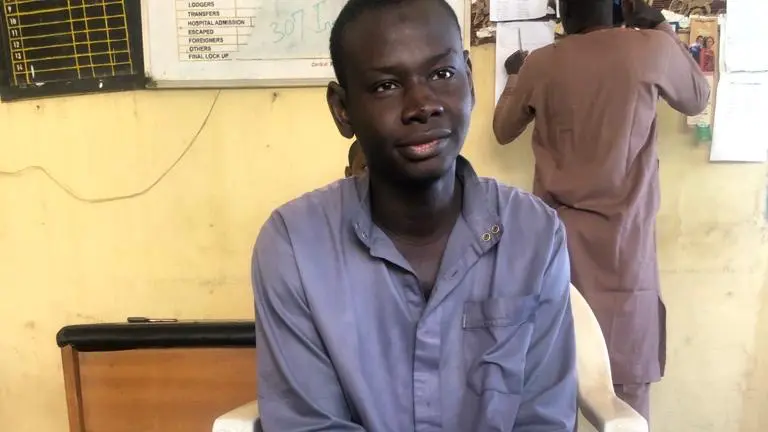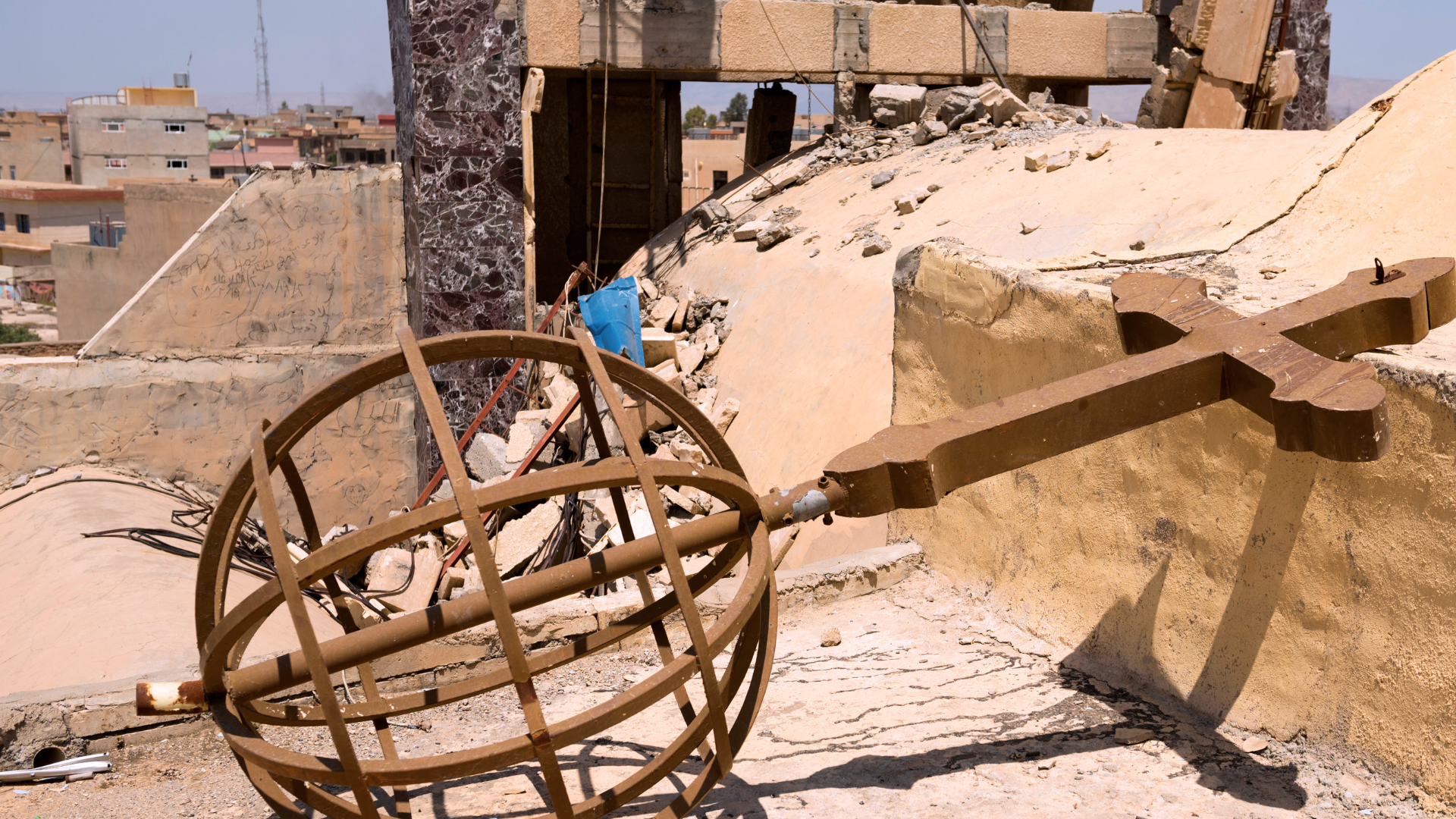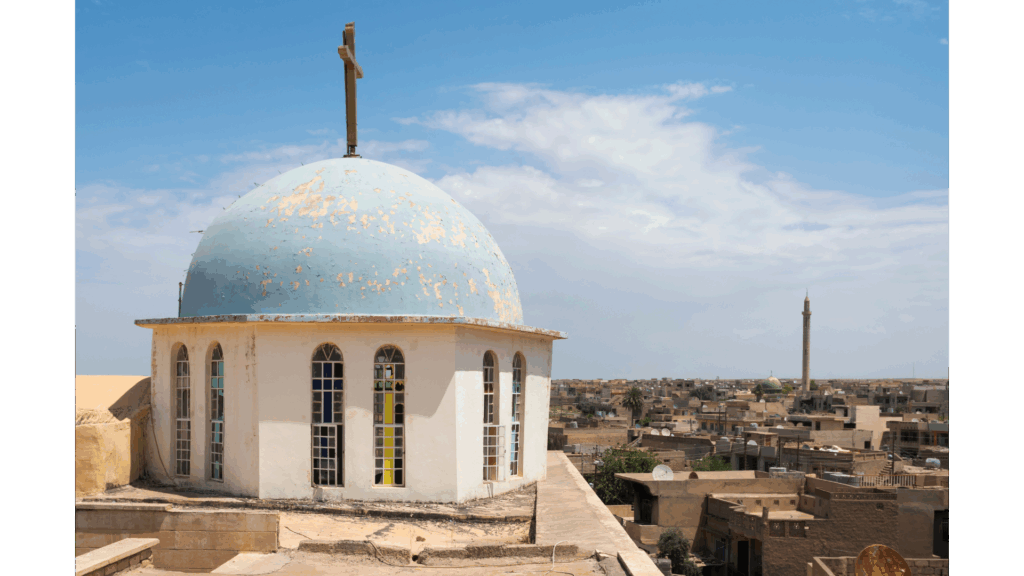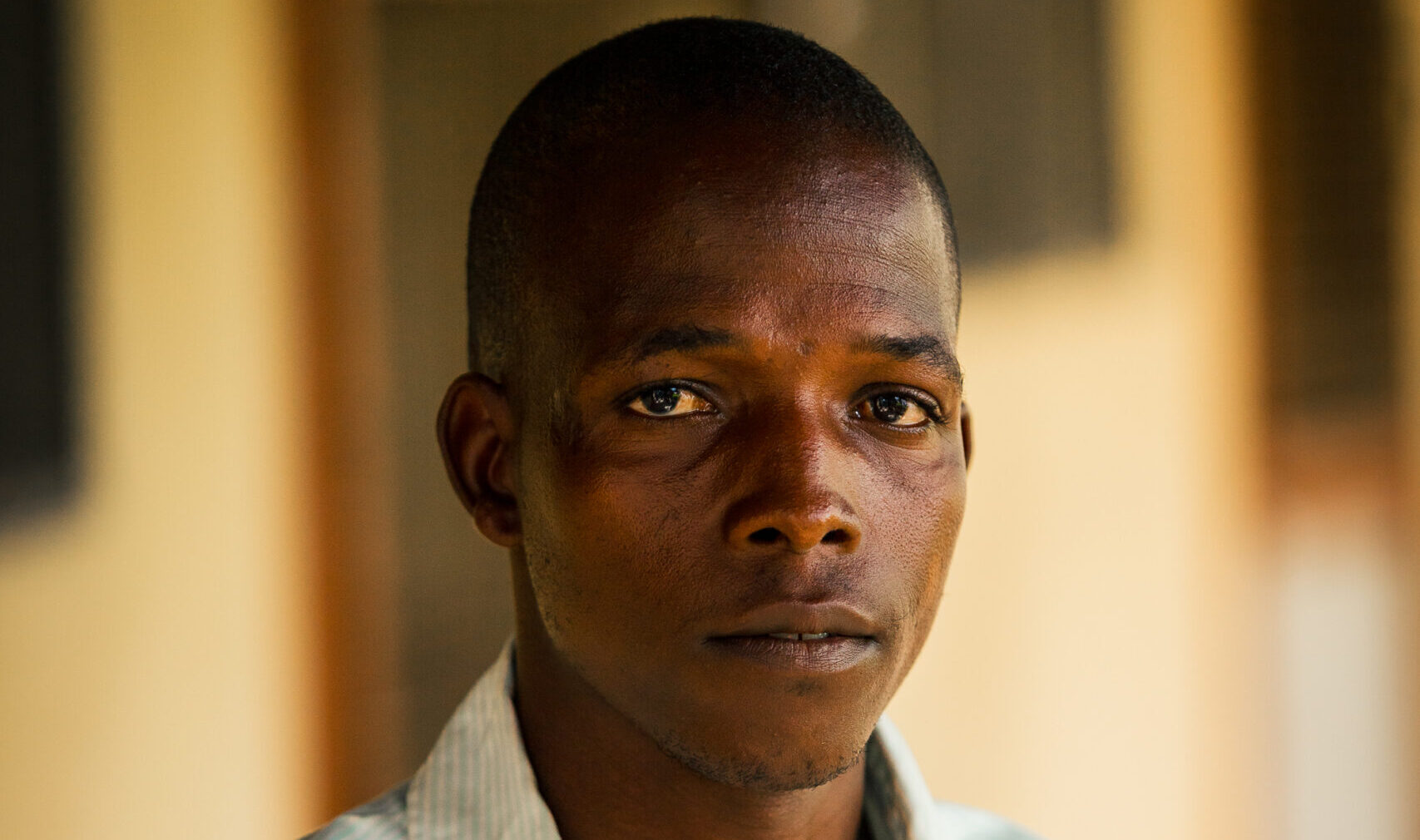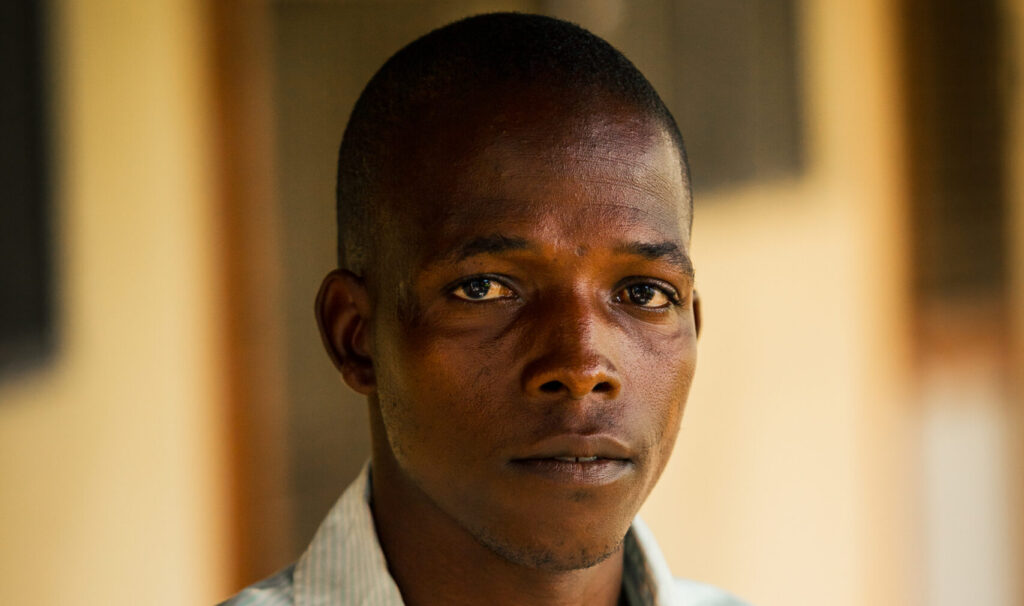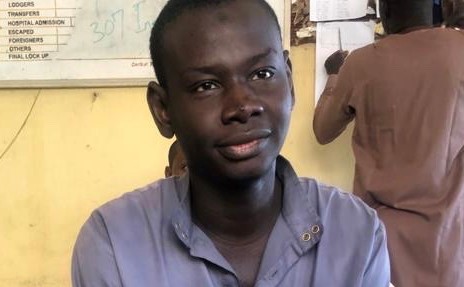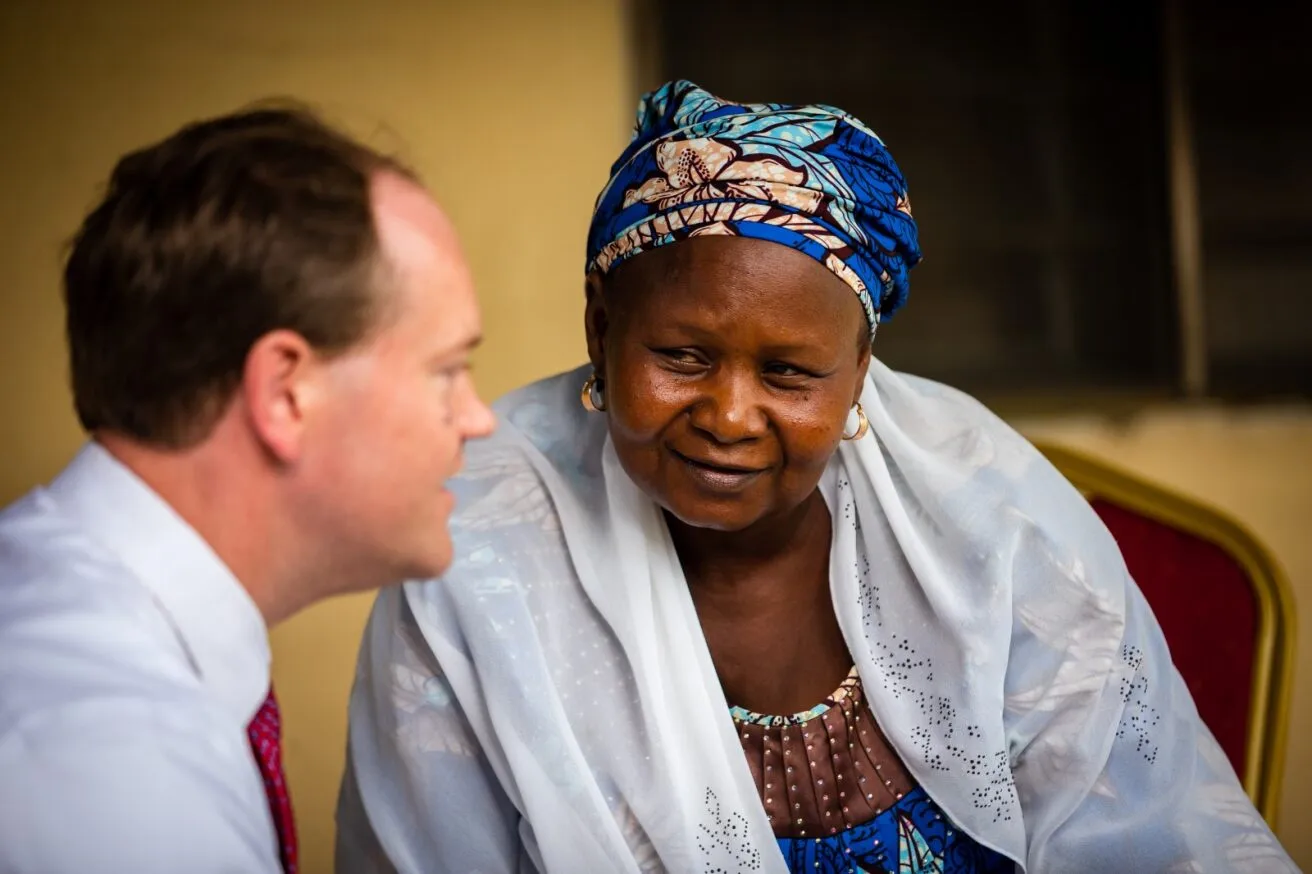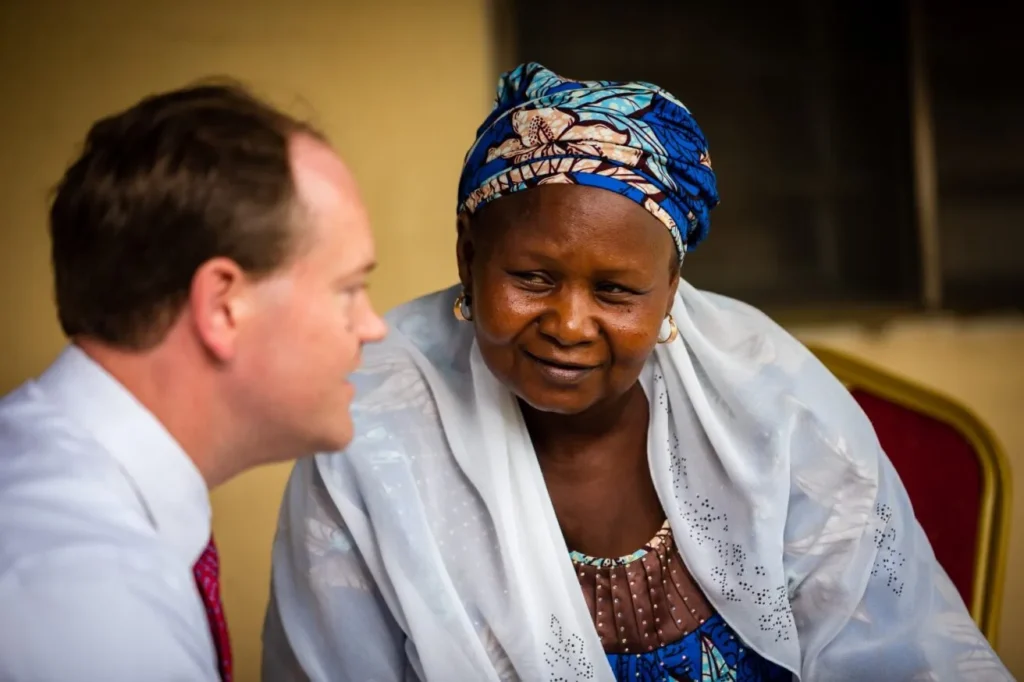- Congressional leaders met in Washington, D.C. to evaluate urgent policy steps to confront escalating persecution of Christians in Nigeria.
- ADF International’s Sean Nelson contributed expert legal analysis to support policymakers’ next steps in anticipation of an upcoming report to President Trump on Nigeria.
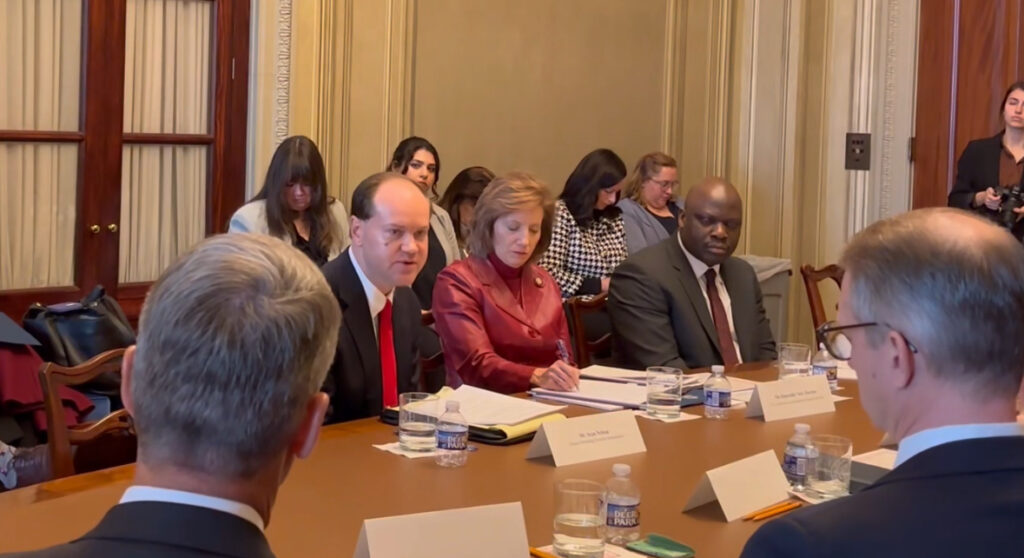
WASHINGTON, D.C. (December 2) — The House Appropriations Committee today hosted a Congressional roundtable focused on the United States’ next steps for addressing the severe crisis of Christian persecution in Nigeria. Appointed by President Trump to develop policy recommendations, the committee heard from leading Members of Congress, including Rep. Riley Moore (R-WV), Rep. Chris Smith (R-NJ), Rep. Mario Díaz-Balart (R-FL), Rep. Brian Mast (R-FL), and Rep. Robert Aderholt (R-AL). ADF International’s Sean Nelson, Senior Counsel for Global Religious Freedom, joined the roundtable to deliver expert remarks. Other expert panelists included U.S. Commission on International Religious Freedom Chair Vicky Hartzler and Dr. Ebenezer Obadare with the Council on Foreign Relations.
During the discussion, Congressmembers examined urgent legislative and diplomatic measures to respond to mounting evidence of targeted violence against Christians. Nigeria remains one of the most dangerous countries in the world to practise the Christian faith, with extremist groups and armed militias responsible for thousands of killings, mass abductions, and widespread destruction of churches and communities. Despite the scale of the atrocities, perpetrators continue to operate with impunity.
“This is a real opportunity to stop in large measure one of the worst persecution situations in the world. We do not have to wait until it is too late. We can act, with a real chance of success, now,” Nelson stated in his remarks.
“This is a real opportunity to stop in large measure one of the worst persecution situations in the world. We do not have to wait until it is too late. We can act, with a real chance of success, now."
- Sean Nelson, Senior Counsel for Global Religious Freedom at ADF International
Nelson’s remarks follow his appearance at a November United Nations event hosted by the U.S. Mission to the UN, in which Nelson provided commentary on an expert panel on the plight of Christina in Nigeria, alongside Ambassador Mike Waltz, FOX’s Harris Faulkner, and singer Nicki Minaj, who has used her platform to become a major advocate for Nigerian Christians.
U.S. Policymakers Assess Concrete Measures to Respond to Targeted Violence
Experts reminded policymakers of longstanding calls for decisive U.S. action. In October 2025, the Trump Administration redesignated Nigeria as a “Country of Particular Concern” (CPC), marking a major step toward mobilising a U.S. government response to the increasing attacks on Christians in the country.
Additional recommendations discussed at the roundtable included: (1) Increasing security, especially in the Middle Belt where Christians face the most persecution from Fulani militants, and effectively respond to early warnings. (2) Ending impunity by vigorously prosecuting individuals responsible for attacks against Christians and others, and investigating and disciplining officials who have turned a blind eye. (3) Facilitating the safe return of millions of internally displaced persons (IDPs) to their communities, and prioritizing reconstruction of churches, schools, and homes destroyed in attacks. (4) Stopping enforcement of and repealing the blasphemy laws, as well as prosecuting mob attacks.
This follows a November letter addressed to U.S. President Donald Trump, in which a coalition of religious freedom experts and advocates proposed next steps for the Nigerian government to protect persecuted Christians.
“Our brothers and sisters in Christ are being persecuted and slaughtered in Nigeria simply for professing their faith in our Lord and Savior Jesus Christ. That’s why President Trump designated Nigeria as a Country of Particular Concern, and why he asked me, along with the House Committee on Appropriations, to look into the horrific persecution of Christians in Nigeria. I’m grateful to Chairman Diaz-Balart for convening this critical discussion to receive expert testimony on the crisis in Nigeria.
I’m particularly grateful for the work that Sean Nelson and the Alliance Defending Freedom International has done in defending Christians in Nigeria and raising awareness of the horrific conditions Christians in Nigeria face,” said Representative Riley Moore.
“Today’s discussion is an important dialogue to ensure we have a full picture of the ongoing crisis Nigerian Christians face every day. The world will no longer turn a blind eye to the persecution of Christians in Nigeria.”
Christian Persecution in Nigeria
Nigeria remains one of the most dangerous places in the world to be a Christian. In 2025 alone, according to one estimate, more than 7,000 Christians have been killed for their faith. Since Boko Haram launched its insurgency in 2009, estimates indicate that between 50,000 and 100,000 Christians have lost their lives due to religiously motivated violence.
The destruction of churches has become a defining feature of the crisis, with thousands of churches attacked or destroyed in recent years. In the central regions of Benue and Plateau States the situation has worsened dramatically, with more than 9,500 people, mostly Christians, killed between May 2023 and May 2025, and around 500,000 individuals newly displaced from their homes due to targeted attacks.
Advocacy for Nigeria’s Persecuted Christians
ADF International advocates for Christians and other religious minorities who face severe persecution across Nigeria. The organization has provided legal support for multiple individuals targeted under blasphemy laws or attacked for their faith.
ADF International supported the legal defense of Rhoda Jatau, a Christian mother imprisoned for 19 months after allegedly sharing a video condemning the brutal lynching of Christian college student Deborah Emmanuel Yakubu. Jatau was fully acquitted in December 2024, marking an important victory for justice and free expression.
ADF International also backed the successful appeal of *David (name changed for security reasons)*, a Christian man who was wrongfully convicted and suffered torture after helping a convert escape violent threats. A Nigerian High Court ultimately overturned his conviction, acknowledging the injustices he endured.
Today, ADF International continues its support for Yahaya Sharif-Aminu, a Sufi musician imprisoned for over five years after a WhatsApp message deemed blasphemous. Facing a death sentence, Sharif-Aminu is now awaiting his next hearing before the Supreme Court of Nigeria, and his case may be heard and decided in the coming months. Sharif-Aminu’s case has the potential to abolish Nigeria’s blasphemy laws, which embolden mob violence and fuel the climate of hostility facing Christians and other vulnerable groups.



